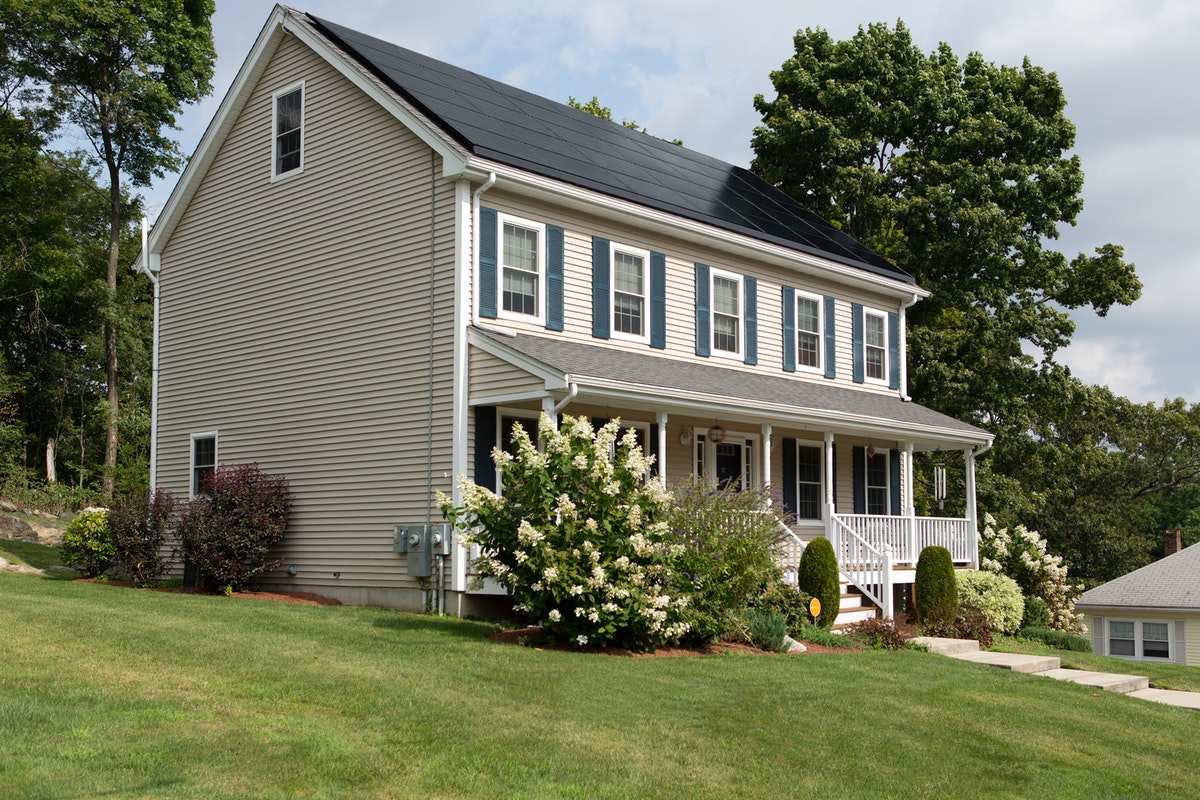Thanks to technology, our lives have been made more efficient. If you ever need to communicate with your family, friends, and co-workers, video conferencing apps and messaging apps are there to save the day. If you’re looking for a way to satisfy your cravings, all you need to do is use your favorite delivery app and wait. With so many appliances and gadgets that help us make our daily lives easier, it’s easy to forget just how much energy we consume every day and how it affects our planet.
Fortunately, the demand for energy-efficient homes is rising. If you’re an eco-conscious individual who wants to make their home an energy-efficient haven, here are a few tips to help you save energy and save money.
Use Thermal Mass Materials
Thermal mass includes building materials like concrete, stone, or masonry. These kinds of materials can help you keep your home at stable temperatures all year round by absorbing heat during the day and releasing that heat out through the afternoon and evening. Remember that not all thermal mass materials are the same- some absorb more heat than others. For instance, brick walls absorb more heat compared to timber walls despite having the same thickness.
It’s also important to keep in mind that different materials also absorb and release heat differently- concrete absorbs a lot of heat and releases that heat slowly compared to other materials like timber and other types of wooden material. Not only do they absorb heat, but they also absorb liquid. The more thermal mass properties a material has, the more likely it is to absorb liquids.
Properly Insulate Your Home
Insulation is an important factor in making your home more efficient. During the winter months, any drafts you have in your home can cause it to feel colder, making your heater work overtime. The same goes for summer months when heat travels through your house faster, and you’ll end up relying on your A/C to make up for the lack of cool air in your home. Making sure there are no drafts helps with heating and cooling and can also help you reduce condensation on ceilings and walls and reduce noise pollution.
One way to insulate your home is window replacement. Find windows that prevent cool or hot air from escaping your home, reducing the need for additional cooling or heating. If you love letting natural light into your home but hate the cold or heat that comes with it, consider installing energy-efficient windows rather than regular ones.
Consider Using Solar Power

Solar power used to be unconventional for homes and, in some cases, inaccessible for homeowners. Now, they’re slowly becoming among the fastest-growing sources of energy across the country. The most common way to use solar energy is through solar panels, which convert sunlight into electricity. If you want to make sure you have stable electricity throughout the evening, having a solar battery can help you do this. Solar batteries store the extra energy collected during the day and help power your home properly at night. They may be a little more expensive, but the savings you get from consuming less energy at home can quickly offset your expenses.
Use Efficient Water Heaters
Water heaters are among the biggest culprits of energy usage at home. Besides consuming less hot water, you can reduce your energy usage by switching your water heater to an efficient one. Tank-less water heaters are a great alternative to regular water heaters, as they only heat water as you use it and reducing the energy used to keep a tank of water heated. Depending on the water heater you use, you can save up to 10% to 50% less energy.
Use Energy Star-certified Appliances
If you’re looking for energy-efficient appliances to add to your home, consider getting appliances that are Energy Star-certified. Run by the U.S. Environmental Protection Agency, Energy Star is one of the most credible brands for energy efficiency. Appliances are tested to meet certain energy standards, and if they’re certified, you can be sure that you’re getting your money’s worth.
Incorporate Smart Home Devices
Adding smart devices to your home with energy-efficiency in mind is a great way to make your life easier and safer, all while saving money. Devices like smart thermostats and motion sensors are perfect additions to your energy-efficient home. Smart thermostats save you from constantly adjusting the temperature.
You can program them to adjust to the indoor temperature or even change the temperature the way you like it at different times of the day. Motion sensor lights can also help save on energy, turning on when you enter a room and off when you leave.
Energy efficiency is important at a time when we’re spending most of our time at home. Building your home to become more energy-efficient may be expensive at first, but you’ll be saving more money in the long run and taking care of the environment at the same time.

